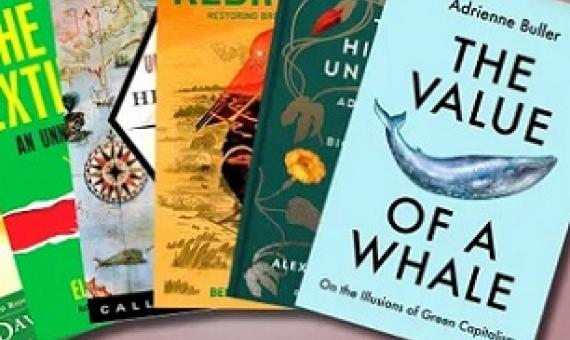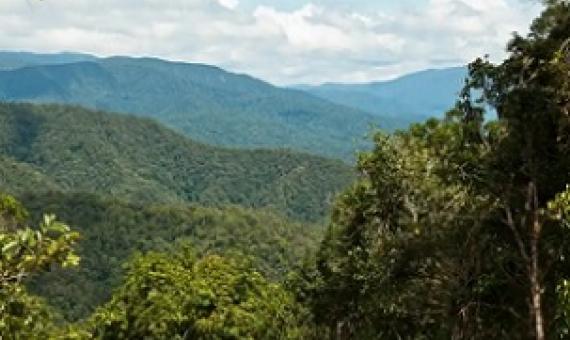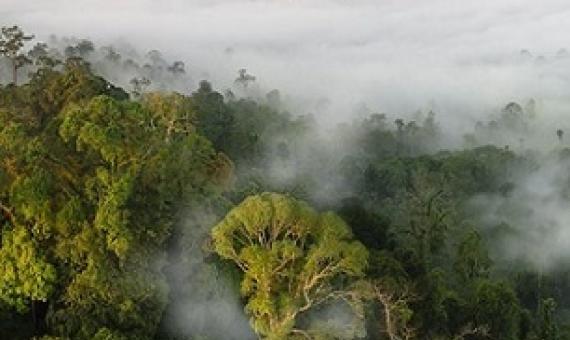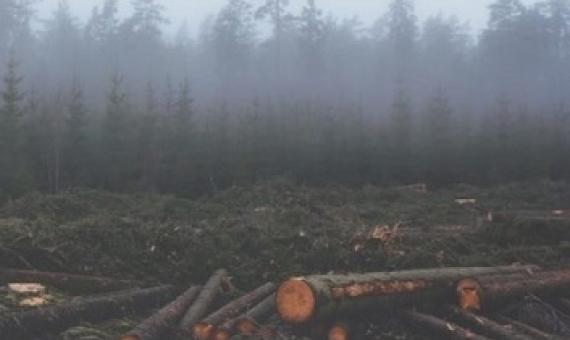Imagine a fine Persian carpet, 12ft by 18ft. Now imagine brandishing a razor-sharp hunting knife and cutting it into 36 equal pieces. When you’ve finished cutting, there is still nearly 216 sq feet of recognisably carpet-like stuff. But are they nice Persian rugs? No.
Governments should embrace the realities of shifting biodiversity rather than "investing in futile efforts to return the natural world to its historic state," a new study argues.
The story of the biodiversity crisis starts with a cold-case murder mystery that is tens of thousands of years old.
Thirty years ago, in 1992, two events occurred that changed my life—I published my first book on the “biodiversity crisis,” and nations convened in Rio at the Earth Summit to approve the UN Framework Conventions on climate and biodiversity.
For many years the climate crisis and the biodiversity crisis have been treated as separate issues, but the reality – as highlighted on Wednesday at COP27– is that there is no viable route to limiting global warming to 1.5°C without urgently protecting and restoring nature. “The two need to
New research into the causes of the devastating global biodiversity crisis has found that the conversion of natural forests and grasslands to intensive agriculture and livestock is the biggest cause.
WWF Living Planet Report 2022 - Building a Nature-Positive Society
This edition of the Living Planet Report confirms the planet is in the midst of a biodiversity and climate crisis, and that we have a last chance to act. This goes beyond conservation. A nature-positive future needs transformative - game changing - shifts in how we produce, how we consume, how we govern, and what we finance. We hope it inspires you to be part of that change.
Nearly two years after the first reported case of Covid-19, the world is still facing the repercussions. At the same time, the extent of our planetary emergency – of climate crisis, biodiversity loss and inequality – has become evident.
Funding for biodiversity is getting some attention at last. In September, nine philanthropic organizations...pledged a total of US$5 billion over a decade towards projects that will help to preserve the richness of Earth’s species.
It is now common to refer to the current biodiversity crisis as the sixth mass extinction. But is this true? Are we in the middle of an event on the same scale as the five ancient mass extinctions Earth has experienced? Humans are indeed driving animals and plants to extinction.















